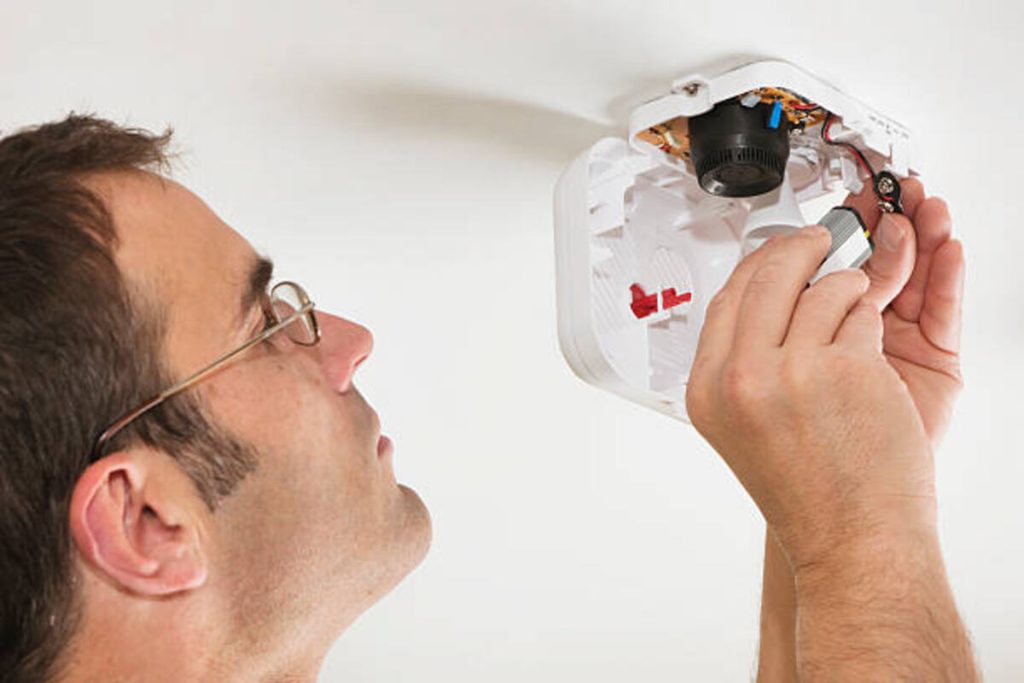Introduction
Fire alarm systems safeguard lives and property by warning early during a fire. Proper fire alarm installation is not just a legal requirement but a vital step in ensuring the safety of occupants in any building, whether residential, commercial, or industrial. In this article, we’ll explore the significance of fire alarm installation, the components involved, and the steps to ensure an effective system.
The Significance of Fire Alarm Installation
- Life Safety: The primary objective of a fire alarm system is to protect lives. Early detection and timely alerting of occupants to a fire can mean the difference between safe evacuation and potential tragedy.
- Property Protection: Fire alarm systems also play a crucial role in minimizing property damage. By detecting fires at their nascent stage, they allow for a quicker response from firefighters, reducing the extent of damage.
- Legal Compliance: In many jurisdictions, fire alarm installation is mandatory for specific types of buildings. Compliance with local fire codes and regulations is essential to avoid legal consequences.
- Insurance Requirements: Insurance companies often require the installation of fire alarm systems as a condition for coverage. Properly installed and maintained systems can lead to reduced insurance premiums.
Components of a Fire Alarm System
- Fire Alarm Control Panel (FACP): This is the system’s brain. It receives sensor signals and triggers alarms like sirens, strobe lights, or voice announcements. It also communicates with monitoring services or emergency responders.
- Smoke Detectors: These devices sense smoke particles and trigger the alarm when smoke is detected. There are ionization and photoelectric smoke detectors, each suited to different types of fires.
- Heat Detectors: Heat detectors respond to changes in temperature rather than smoke. They are suitable for areas where smoke detectors may produce false alarms, such as kitchens.
- Pull Stations: Manual pull stations are installed throughout a building, allowing occupants to manually activate the fire alarm system in an emergency.
- Sprinkler Systems: While not part of the alarm system, sprinklers are often integrated. When heat or smoke detectors trigger the system, sprinklers can activate to suppress the fire.
- Horn and Strobe Units: These are alarm devices that produce loud sounds and flashing lights to alert occupants of a fire.
Steps for Effective Fire Alarm Installation
- Risk Assessment: Begin by conducting a comprehensive risk assessment to determine the specific needs of the building. Consider factors such as occupancy type, building layout, and fire hazards.
- System Design: Collaborate with a qualified fire alarm system designer to create a system tailored to the building’s requirements. This includes selecting appropriate sensors and alarm devices.
- Permit and Approval: Obtain the necessary licenses and approvals from local authorities and fire departments before installation.
- Wiring and Installation: Ensure that wiring and appliances are installed according to manufacturer specifications and local fire codes. Work with licensed technicians or contractors experienced in fire alarm systems.
- Testing and Commissioning: After installation, thoroughly test and commission the system. This includes functional testing of all components, alarm verification, and coordination with local authorities for monitoring services.
- Regular Maintenance: Fire alarm systems require regular maintenance to remain operational. This includes periodic inspections, testing, and battery replacement.
Conclusion
Fire alarm installation is a critical component of fire safety in any building. It is not only a legal requirement but also a moral obligation to protect the lives and property of occupants. By working with professionals, conducting thorough risk assessments, and adhering to regulations, building owners can ensure that their fire alarm systems effectively detect fires early and provide timely alerts. In a fire, a well-installed and properly maintained fire alarm system can be the difference between safety and tragedy.
For more on fire alarm installation.
Read also: The Festival Trolley: A Convenient Companion for Your Celebrations.



